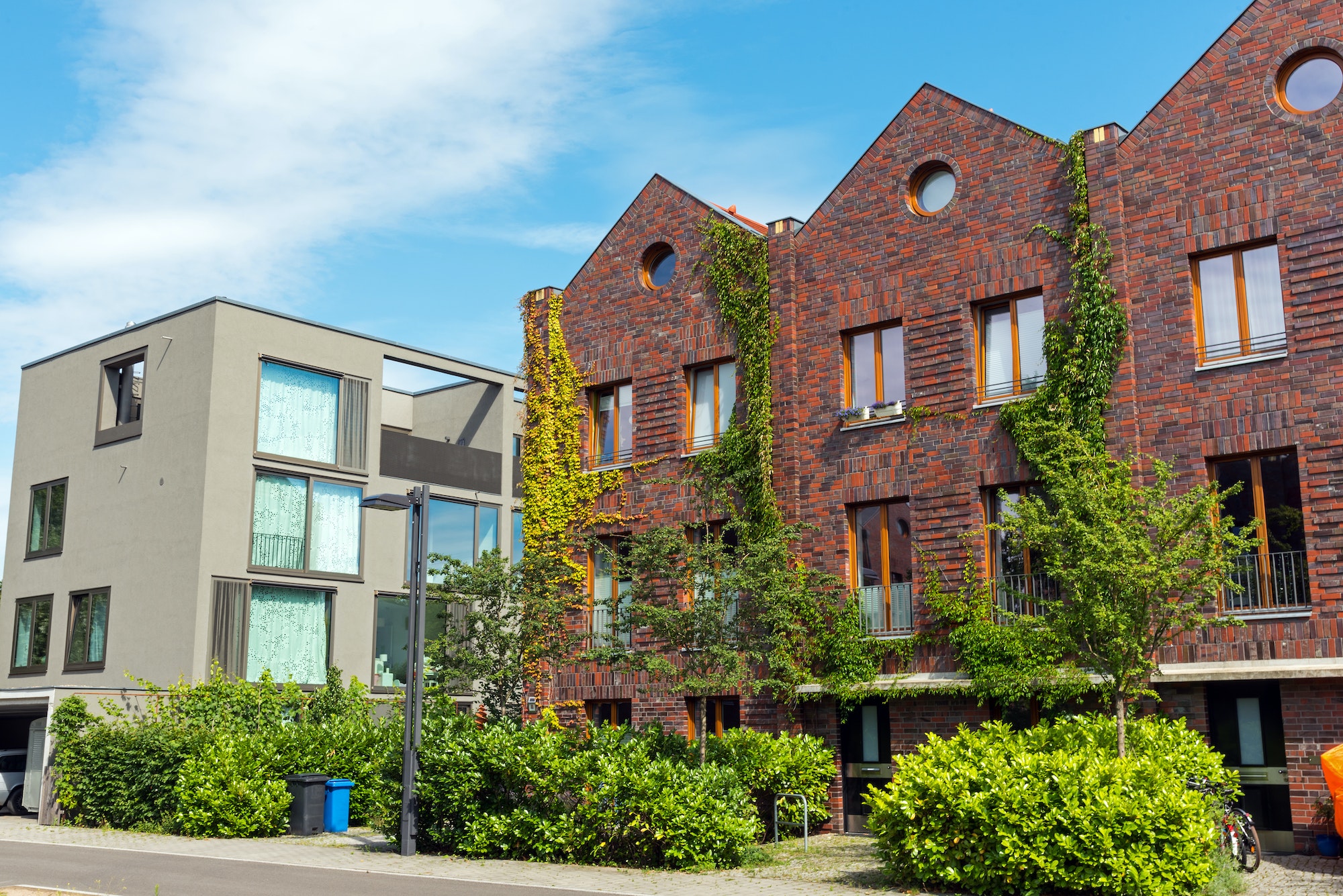Aviation Industry Snapshot
In the past two decades, the aviation industry has experienced remarkable growth, recovering quickly from the setbacks of the COVID-19 pandemic. By 2023, over 800 million passengers passed through U.S. airports, marking a return to near pre-pandemic levels. This resurgence has contributed to an annual growth rate of over 5% for the last decade, indicating the resilience and continuous expansion of the sector. However, airports today are evolving beyond their traditional role as mere transit hubs. They have become symbols of a city’s innovation, sustainability, and inclusivity, shaping the travel experience in profound ways.
As airports transition into these new roles, they no longer simply move passengers from one point to another. They serve as critical touchpoints in a city’s identity, offering travelers their first and last impression. This shift has given rise to a healthy competition between airports, each striving to distinguish itself and create a lasting, positive impact on passengers. Many airports have become iconic in their own right, serving not just as gateways but as destinations—expressions of a city’s character and culture. In some cases, airports even influence the identity of the city they serve, embodying a sense of community and belonging that transcends their utilitarian purpose.
This new approach to airport design is not limited to large-scale international hubs. Mid-sized and even smaller airports are embracing this shift as well, recognizing that successful capital improvement plans hinge on selecting the right professionals and engaging in thoughtful collaboration. Great architecture often emerges from the partnership between authorities, community leaders, and designers. We’ve seen this play out in projects like the DFW Terminal D expansion, Denver International’s Great Hall renovation, and the Pittsburgh International Airport’s transformation. I’ve had the honor of being part of these efforts with the luis vidal + architects team, where we’ve worked to redefine what modern airports should be. Our focus has been on creating future-proof designs that not only serve current needs but also anticipate the demands of an ever-evolving industry.
Future-Proofing Airports
As the demand for air travel continues to grow, the need for adaptable, forward-thinking airport designs becomes more critical. Future-proofing airports is no longer just about meeting immediate challenges but preparing for long-term changes in technology, passenger needs, and environmental factors. To achieve this, we must push the boundaries of traditional airport design, adopting strategies that prioritize the passenger experience, sustainability, community engagement, and safety.
- Reducing Stress:
Airports are often associated with stress, from navigating crowded terminals to managing long security lines. As airports grow busier, these stressors are likely to increase, making it essential to design spaces that alleviate rather than contribute to passenger anxiety. Although stress is a subjective experience, architects can play a significant role in minimizing its impact through thoughtful design:- Efficient Passenger Flow: Streamlining processes such as check-in, security, and boarding is critical. By improving the flow of passengers through these key areas, airports can reduce bottlenecks and confusion. Intuitive wayfinding, where subtle contrasts in flooring or walls cue passengers to the next step, can greatly enhance the ease of navigation.
- Natural Light and Spacious Volumes: Large, open spaces filled with natural light create a more calming atmosphere. Limiting glare while maximizing daylight helps guide passengers and contributes to a sense of calm, even in high-traffic areas.
- Technology Integration: The seamless integration of cutting-edge technology, such as automated check-ins, biometric security, and real-time flight information, simplifies the passenger experience. This approach ensures that airports are not only meeting current demands but are also flexible enough to adapt to future technological advancements.
- Decluttered Spaces: A minimalistic approach to design, with reduced color palettes and simple material selections, helps declutter the visual environment. This allows passengers to focus on essential tasks without unnecessary distractions.
- Well-Being Amenities: Airports that offer outdoor spaces, quiet areas, and relaxation zones can transform an otherwise stressful experience into a more livable one. Providing areas for rest and decompression is an increasingly important part of modern airport design, catering to the well-being of passengers.
- Sustainability:
The environmental impact of the aviation industry cannot be overlooked. From greenhouse gas emissions to noise pollution and habitat disruption, airports have a significant footprint on the natural world. As designers, we have a responsibility to implement strategies that mitigate this impact, aligning airport architecture with broader sustainability goals. Sustainable design is no longer a luxury or a marketing point—it’s a necessity.- Passive Design Solutions: Features like façade overhangs and light shelves help reduce heat gain and maximize the use of natural light, reducing the energy load on cooling systems. These passive solutions are often low-cost but highly effective in improving building performance.
- Solar Orientation: The strategic orientation of buildings can significantly reduce energy consumption. By positioning airports to minimize heat gain from direct sunlight while maximizing daylight, we can enhance both energy efficiency and indoor air quality.
- Energy Efficiency and Carbon Neutrality: The aviation industry must transition to more energy-efficient practices and eventually move toward zero-carbon energy and fuel sources. This shift will require collaboration with regulatory bodies, but it’s a vital step in reducing the industry’s environmental impact.
- Material Selection: The use of recycled and locally sourced materials not only reduces the environmental cost of fabrication and transportation but also supports the local economy. By choosing sustainable materials, we can lower the overall carbon footprint of airport construction and maintenance.
- Renewable Technologies: Integrating solar panels, wind energy, and other renewable technologies into airport infrastructure can significantly reduce energy consumption. Additionally, optimizing waste management processes ensures that airports contribute less to landfills and other forms of environmental degradation.
- Fostering a Sense of Community:
Airports have the potential to be more than just transportation hubs. They can serve as community centers that reflect the values and cultures of the cities they serve. Creating an inclusive environment that caters to a diverse range of passengers is essential in fostering this sense of community:- Community Engagement: Involving local communities in the design process ensures that the airport reflects the needs and values of its users. Public outreach programs, surveys, and workshops can help gather input from a wide range of stakeholders, leading to more inclusive design solutions.
- Inclusive Design: Airports must accommodate passengers of all ages, abilities, and cultural backgrounds. This involves creating spaces that are accessible to people with disabilities, as well as offering multilingual signage and culturally sensitive amenities.
- Supporting Local Businesses: Airports are an excellent platform for showcasing local businesses and products. By offering space for regional vendors and artisans, airports can give travelers a taste of the local culture and contribute to the regional economy. Rotating seasonal businesses can keep the offerings fresh and relevant.
- Integrating Art and Culture: Airports can serve as spaces for art installations and cultural exhibitions, turning the travel experience into an immersive journey. By partnering with local artists and cultural institutions, airports can create memorable, place-based experiences for passengers.
- Intermodal Connectivity: Efficient connections between different modes of transportation, such as trains, buses, and taxis, enhance the airport’s role as a transportation hub. Strong intermodal links can reduce traffic congestion and make it easier for travelers to reach their destinations, further integrating the airport into the local community.
- Safety and Security:
Ensuring the safety and security of passengers is one of the most critical challenges airports face. Major events like 9/11 and the COVID-19 pandemic have reshaped how we think about airport security, leading to new protocols and technologies. However, security measures must be implemented in a way that doesn’t infringe on personal freedoms or create excessive inconvenience for passengers:- Early Collaboration with Security Authorities: Involving security agencies in the design process from the outset ensures that airports are built to withstand both current and future threats. Regulations vary from country to country, so a flexible design approach is necessary to accommodate different security requirements.
- Staying Ahead of Technological Developments: As security technologies advance, airports must be able to incorporate new systems efficiently. AI and biometrics are already playing a role in streamlining security processes, but future developments could further enhance both security and convenience.
- Optimizing Baggage Handling: Baggage handling is a critical but often overlooked aspect of airport operations. By improving these systems, airports can reduce wait times, free up space, and enhance the overall passenger experience. Future solutions could include third-party logistics services that allow passengers to drop off and collect baggage at designated locations throughout the city.
- Planning for Downturns: The aviation industry is subject to economic fluctuations, so airports must be designed with flexibility in mind. Right-sizing operations to accommodate both growth and downturns ensures that airports can remain functional and efficient, even during challenging times.
Conclusion
Airports are crucial to the global economy, and their significance is set to grow alongside the travel industry. To future-proof our infrastructure, airport leaders, regulators, and designers must anticipate change and prioritize adaptability. Airports of the future will not only handle increased passenger traffic but will also create environments that are easy and enjoyable to navigate. Endless queues and stressful processes should become things of the past.
As we look ahead, we can expect a variety of airport types to coexist, each tailored to meet different business models and traveler needs. However, a common trend will emerge: airports will shift from being passenger-processing facilities to becoming vibrant community hubs, places where people come not just to catch a flight but to experience a sense of place and belonging.
About Roberto Moraga Guerrero
Roberto Moraga Guerrero is a seasoned Architect with over 12 years of international experience. Having spent seven years at luis vidal + architects, Roberto is no stranger to large-scale airport projects. His expertise spans all phases of architectural projects, leading teams from initial concept to construction completion. With a proven ability to navigate complex challenges, he is an emerging voice in the conversation about the future of airport design. His deep knowledge of airport infrastructure and processes, sustainability, and passenger experience has allowed him to contribute with not just functional, but also timeless and visually striking designs, challenging the industry standards.
His mission is to bring innovative, sustainable design solutions to the aviation industry, creating future-proof airports that optimize passenger flow and enhance the traveler experience. Looking forward, Roberto is committed to continuing his work in the aviation sector, where he sees tremendous potential for growth and transformation. “Think big, act bigger,” he says, summarizing his approach to both design and life.
For more information, you can contact Roberto at:
Phone: 832-872-0589
Email: Moraga.arq@gmail.com
Website: moragarq.wordpress.com
LinkedIn: linkedin.com/in/moraga-arq
Discover more from Futurist Architecture
Subscribe to get the latest posts sent to your email.



